Serious birders possess two main traits: a love of birds, which I share, and a love of organized lists, which I most definitely do not.
Birding is a popular hobby (arguably the most popular hobby) both in my profession and among Nature Conservancy members. I’ve had ample opportunity to watch birders watching birds. I am struck by their mania for anything with feathers. I am also struck by their mania for organization and lists. Trips are planned to maximize sightings. Big days and big years are plotted with the efficiency of military campaigns. Sightings are logged on spreadsheets and apps.
I lack this level of organization, as anyone who has visited my office will attest. I view spreadsheets much as I do dental visits: tolerable and at times necessary but hardly something to build your free time around. I like identifying birds, but ticking off species after species after species day after day loses its appeal quickly. I’m too easily diverted by sightings of mammals or fish or historic sites.
A guide in Brazil’s Pantanal once told me that he had a group of birders who got impatient because he spent too much time showing them a jaguar. A jaguar. I lack that level of discipline and focus. I also would frankly rather see the jaguar.
The obsessive side of birding makes for entertaining reading, and even humorous movie material. It can also be daunting for potential new birders. I recall another outing with a local bird club, where I found myself in a car for a day with a guy who delivered a non-stop monologue, Rain Man style, on warbler identification. As he droned on about wing color variation, for two hours, I could understand why someone might want to take up golf instead.

But fear not, haphazard birders. You do not have to launch big years or detail your sightings on spreadsheets. Here are some ways to enjoy all the fun of birding – without the need for list making. And I’d love to hear from readers: What’s your approach to birding?
Observe Birds
Yes, I know, it’s stating the obvious, but it bears repeating: birds are cool to watch. Not just to identify, but to watch. One of the reasons birding is a more popular pastime than mammal watching (much as I hate to admit it), is that birds are generally easy to observe. It also means you can readily watch them go about their daily lives: feeding, roosting, hunting, nesting, mating and more. Even common species exhibit fascinating behavior if you spend some time with them.
Go to the local city park and watch the annual soap opera that is mallard mating season. Observe, really observe, an American robin building a nest. Or a pileated woodpecker chiseling a hole. Or a Cooper’s hawk hunting the songbirds at your feeder. There’s a lot of drama playing out, right outside your door.
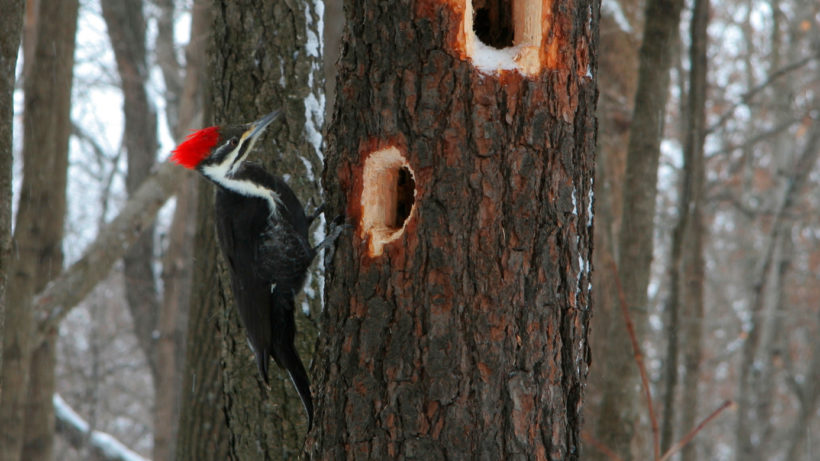
Learn the Neighborhood
Identifying birds is enjoyable, and the easiest way to start is by learning the birds in your local neighborhood. You can keep a list, or not, but the goal here is to know and observe your feathered neighbors.
My wife keeps a little notebook marking when we see some key species, like spotted towhees and Lazuli buntings. She stows it by our window. This can be an informal way to track when species show up each year.
It adds fun to a stroll around a park or neighborhood to know the birds you regularly see. You’ll almost assuredly notice more than you ever thought were there.
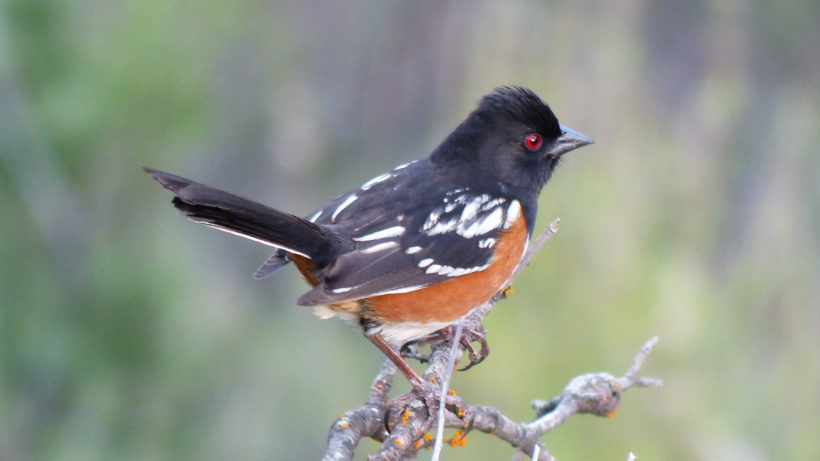
Enjoy Bird Spectacles
Many birding trips are organized to pack as many species sightings in as possible. This often means lots of driving, and little sleep. That can be a lot of fun, at least for some. But you could also organize a trip around seeing a natural spectacle, rather than seeing different species. Large concentrations of birds are some of the most awesome and inspiring natural wonders. You need time to take it in, not rush from one sight to the next.
You will probably see plenty of species as you watch the annual raptor migration at Hawk Mountain, Pennsylvania, but a big part of the experience is just taking in the totality of the migration. Other examples include the congregation of sandhill cranes on the Platte River, sage grouse and prairie chicken mating displays, sea bird nesting colonies and waterfowl and shorebird migrations. You can appreciate any of these even if you’ve never cracked open a field guide.
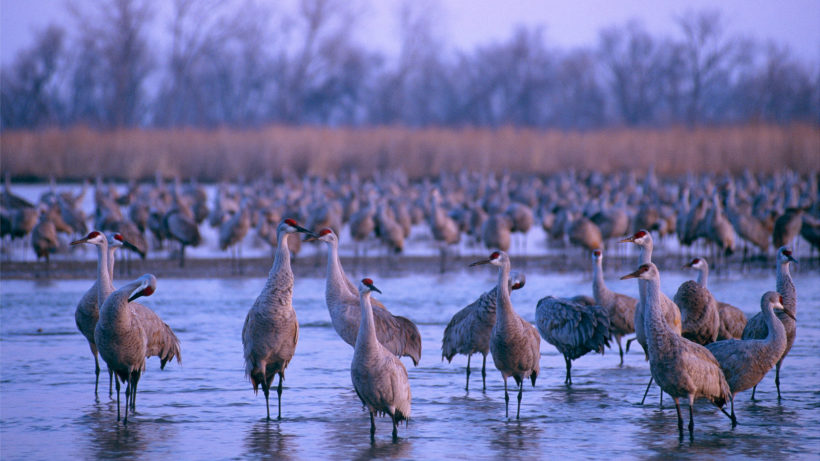
Learn Bird Songs
Serious birders have a keen grasp of bird vocalizations (and some even count birds they have heard as part of their list). But anyone can learn to identify the morning and evening chorus. It adds another element to enjoying birds.
There are apps that can help. Because I have a thing for field guides, I recently picked up The Backyard Birdsong Guide by Donald Kroodsma (Cornell Lab of Ornithology). It is an audio field guide in book format, and a very enjoyable way to learn the common birds around you.
Narrow Your Goals
Any serious birder will tell you that setting goals is a big part of the fun. But if a goal like a “big year” seems too big, just narrow your focus. You could set the goal of seeing an elusive local species. (For me, this year I’d like to see a merlin, a bird often reported locally that I’ve never seen). Or you could set a longer-term goal of, say, seeing all North America’s owls. This would be tremendously challenging but would require a different approach than having a big year.

I have a special interest in observing and identifying waterfowl. I’m always on the lookout for new duck species. While I still struggle with warblers, I can tell you what duck just flew by, even if it is 10 minutes before dawn (admittedly, this is due to my love of waterfowl hunting, which also requires bird identification skill).
Spot Local Rarities
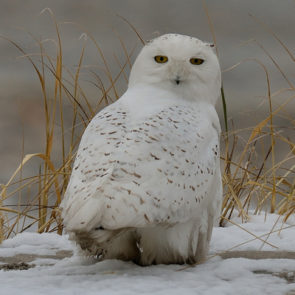
When a rare bird shows up, it’s common for avid birders to immediately book trips and converge on an area. That is an aspect of birding that many criticize. But “critter quests” are fun, and you don’t have to jet across the continent to do it. When a local rarity shows up – and local birding clubs and social media groups often send alerts – it can be tremendous fun to seek out that bird, even if you’re not a lister. A lot of times you’ll be rewarded with a beautiful species you would not normally see.
I’ve recently seen a northern hawk owl and a snowy owl, both unusual sights in Idaho. I’ve also had some outings that have not resulted in seeing the quarry, but it’s still fun just to be out there looking for something specific.
Please be sure to always respect the birds, people and property when you’re on your bird quest.
Participate in Citizen Science
Whatever your birding interest, you can make your observations count. Gathering bird observations from birders has become an important way for researchers to track conservation trends. Amateur sightings have documented the spread of northern cardinals north, and the invasion of non-native Eurasian collared doves across the country, among many other trends.
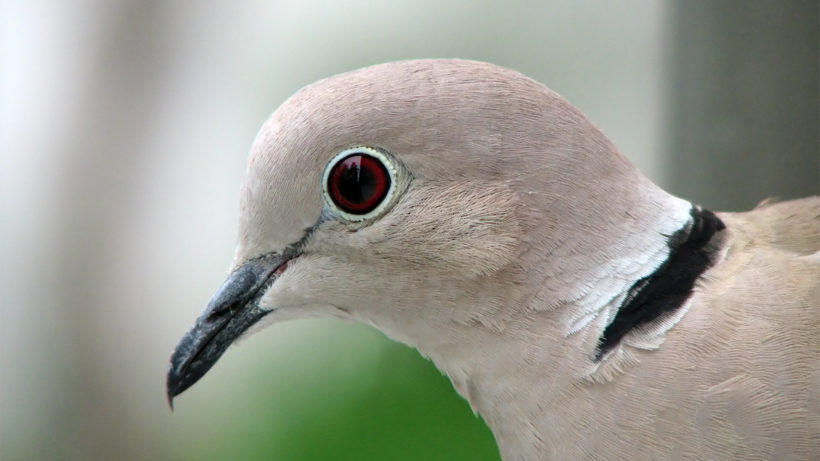
The Cornell Lab of Ornithology’s Great Backyard Bird Count and Project FeederWatch are two of the most popular projects. Both are very easy to do, even for those of us who are a bit disorganized. When I count for the Great Backyard Bird Watch, I note my sightings in a notebook, then note that in the GBBC’s user-friendly web site – no spreadsheets required. Other citizen science projects merely ask you to note when you’ve seen an American robin or hummingbird.
Many local nature centers, state fish and game departments and bird observatories offer opportunities to assist with bird banding, censuses and other activities. This is a great way to see birds up close and help conservation at the same time.
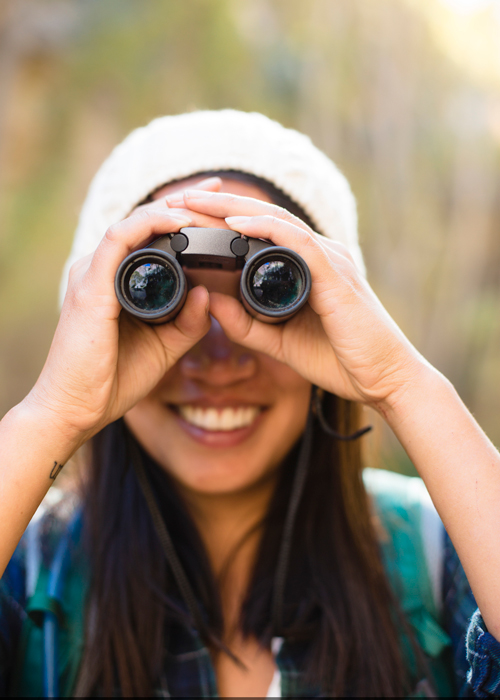
Incorporate Birding Into Other Activities
Observing a serious birder can give the impression that the activity demands foregoing all else, not excluding eating and sleeping.
I’ve found that birding actually goes well with other activities. You can identify birds whenever you are outdoors. In fact, I’ve had some of my most memorable sightings while fishing, hunting, hiking and cross-country skiing. You can simply pack along a field guide on your trip, and you’ll be surprised at the species you see, simply by being aware. And you can still enjoy a nice meal and cold brew at the end of the day.
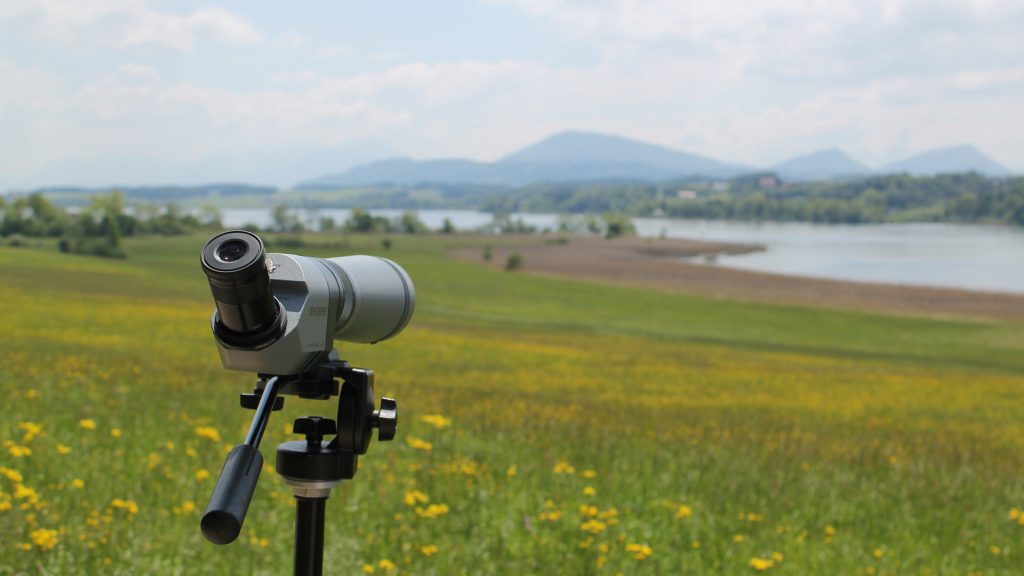



“What The Robin Knows” by Jon Young is an excellent resource for this kind of watching and connecting with local birds, IMHO; the e-book version has audio clips to match what they are talking about in the text.
Whew. Thanks for absolving me for not being a lister. I enjoy watching and identifying birds, but I also enjoy the scenery, the wildlife, all the things that go with being outside. So lists are distracting: an interruption during the adventure, an irritation if trying to remember everything you saw – and where – at the end of the day.
Love this, Matt! I, like you, love birds and bird-watching but am more casual about it. I always joke with friends that we go birding with that they can skip pointing out the little brown birds deep in the brush and just make sure I see the big, colorful ones that are easy to spot. I am joking, of course, but there’s probably a little truth to it:) Thank you for this great story. We will share it widely in Wisconsin where a great place to see migratory songbirds is just north of Madison in the Baraboo Hills, a place the Conservancy has been working with local people to protect since the 1960s.
I’m with you. I want to know about the birds — and the bees, plants, rocks, clouds, you name it.
I liken serious birders to serious bridge players.
I love to view the birds and their total surroundings and breathe in all the beauty.
Being so serious ,for me , takes the joy out of my adventure and sometimes I miss what’s really happening.
Thank you for the encouragement.
Tweet,tweet!
Loved your article. I am the same kind of birder as you. If I see a an otter , I am thrilled and willingly forgo the birds for that morning. The people I am sorry for are those who see nothing of nature on their walks. They see or hear only their iphone, their companion’s conversation or their dog.
As a botanist, I’ve frequently quipped, “In my next life, I’d like to be a birder.” You’ve inspired me to think that by observing and appreciating birds, even if I can’t name them all (or even most of them), and don’t get out with binoculars before sunrise, I can be a birder — of sorts, anyway — in THIS life. Thank you!
What a breath of fresh air…this is MY kind of birding! I also like to hike with friends who know more birds and calls than I do. In turn, others see me as ‘knowledgeable’ (hah!) if I happen to know a bird or song that they don’t…I love to stream birdwatching into the big picture of my daily activities, and of course, do a few things to get them to hang out in my yard. You’re right…birds are just fun to watch whether or not you know what they are.
Help. I lost my bird list. It was in the index of my ragged coverless 24 year old Peterson Guide. The index fell apart somewhere near the Platt River. I guess I’ll have to start again. But I still have my snake life list and my life list of lakes by origin of formation (my latest is a lava lake near Silver Creek, Idaho), and my carnivorous plant life list from near the Apalachicola Bluffs. There is soooo much to see. At my age have to hurry now, this springs trillium wind is starting to blow and the warblers are a- coming.
Excellent article. Like we say at the American Birding Association —there are a million ways to bird! The more birders there are the better the planet will be! Bird on!!